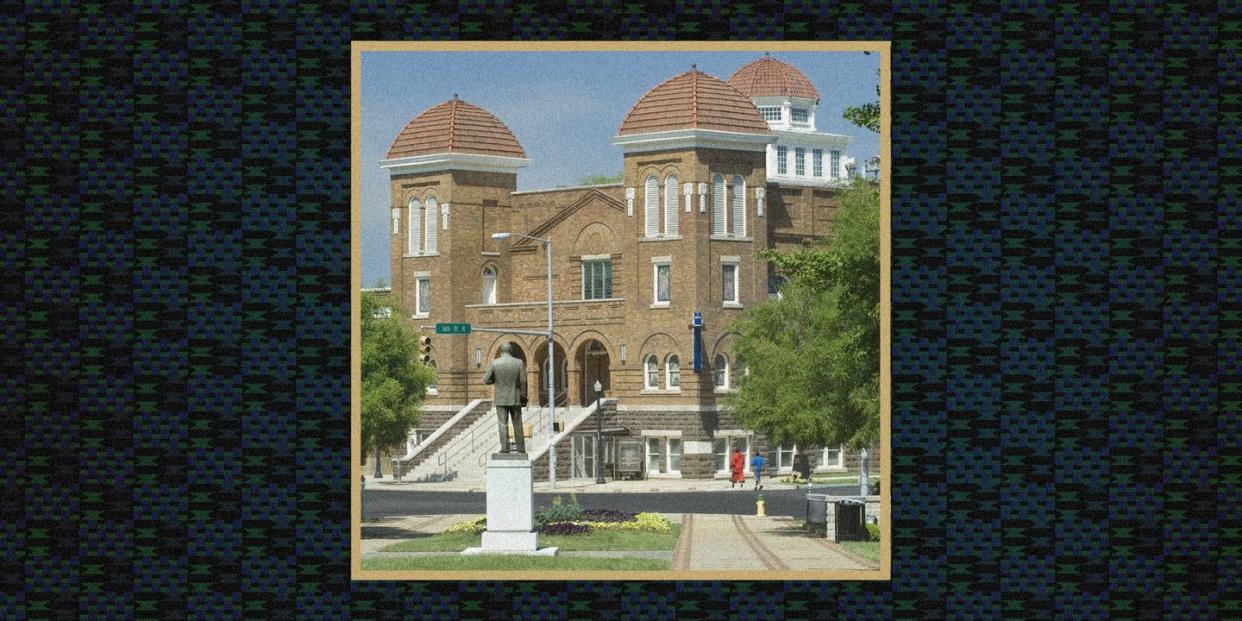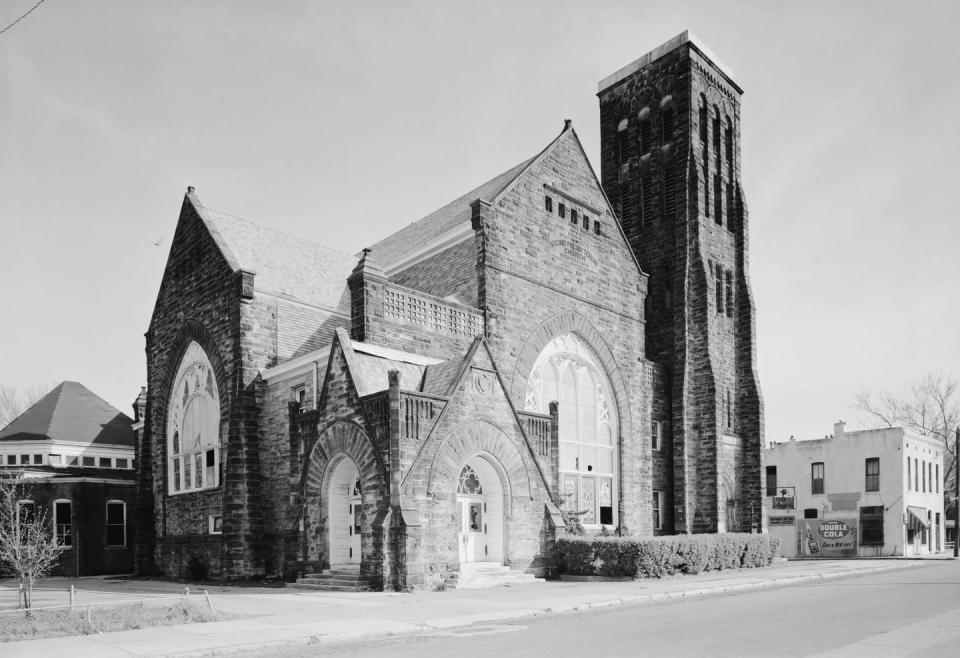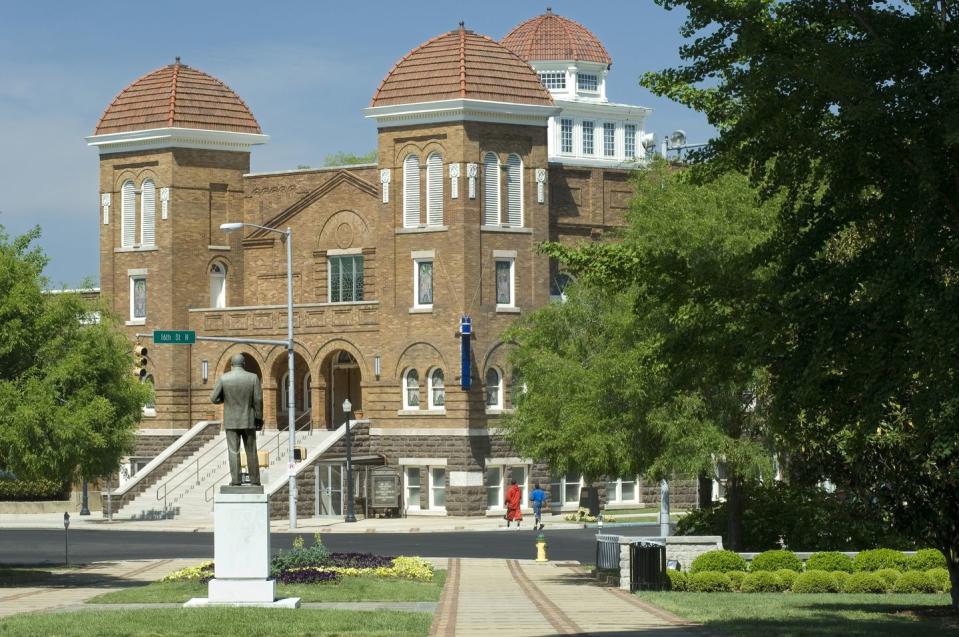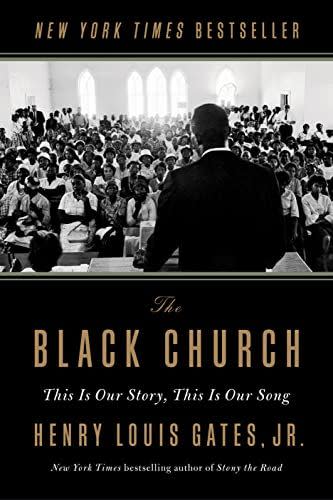The National Trust for Historic Preservation Is on a Mission to Preserve America's Black Churches

"Hearst Magazines and Yahoo may earn commission or revenue on some items through these links."
The National Trust for Historic Preservation has launched a new initiative to preserve Black churches beginning with Mayfield, Kentucky’s St. James AME, which was nearly destroyed by a deadly tornado that swept through the area in late 2021.
Founded in 1868, the church suffered extensive damage to its sanctuary and a Helen LaFrance mural. To help with restoration and rebuilding, it has received a $100,000 grant—the first awarded by the Preserving Black Churches Project, which was established earlier this year by a $20 million grant from the Indiana-based Lilly Endowment Inc. to the National Trust’s African American Cultural Heritage Action Fund.

“Black churches have stood at the center of the African American experience and are a living testament to the achievements and resiliency of generations in the face of a racialized and inequitable society,” says Brent Leggs, executive director of the Action Fund.
“Yet despite the central role that these historic houses of worship play in the fabric of Black communities, they face a myriad of challenges,” says Leggs. “Their preservation—like that of all Black heritage sites—has often been overlooked and vastly underfunded. A critical piece of our work is to increase investments in the preservation, management, and interpretation of historic Black churches—so that they can continue to serve as the epicenters of Black communities and American heritage.”

Many of these historic buildings suffering from deferred maintenance, insufficient funding, and aging congregations figured prominently in the 1960s civil rights movement, including Memphis, Tennessee’s Clayborn Temple. And others, such as Sixteenth Street Baptist Church in Birmingham, Alabama, and Mother Emanuel AME Church in Charleston, South Carolina, have endured racially driven violence.
Over the next three years, the Action Fund, which has raised more than $70 million since its launch in 2017 and supported more than 200 preservation projects across the country, will partner with more than 50 historic Black churches to create long-term strategies to strengthen asset management, interpretation and programming, and fundraising efforts.
Preserving Black Churches has specifically earmarked monies for a Rapid Response & Emergency Grant Fund to address imminent threats to Black churches, such as that faced by St. James AME in Mayfield. The project’s other efforts include
establishing a new national grant fund to provide direct funding to Black churches for capital, staffing, and operations;
providing targeted assistance and support to Black churches serving as sites of conscience, memory, justice, and reconciliation;
modeling innovative stewardship and building capacity for Alabama’s civil rights churches;
amplifying historic Black churches through digital documentation, storytelling, and media relations.
Preserving Black Churches also has enlisted the help of high-profile Black history scholars and other advocates, including historian Dr. Henry Louis Gates, Jr., who is serving as lead advisor to the project. “No pillar of the African American community has been more central to its history, identity, and social justice vision than the ‘Black Church,’” Gates wrote in his recent book, The Black Church: This Is Our Story, This Is Our Song (Penguin Press, 2021).

The Black Church: This Is Our Story, This Is Our Song
$16.79
amazon.com
During his tenure at the Action Fund, Leggs has leveraged relationships with a wide array of stakeholders, including members of the design profession, to reimagine the role preservation can play in building a foundation for a better future—and his partnership with the Lilly Endowment may be his most ambitious yet.
“In this period of reckoning with racial and economic injustice, the Lilly Endowment Inc. and the African American Cultural Heritage Action Fund are investing in historic Black churches and congregations to reimagine, redesign, and redeploy historic preservation to address the institutions’ needs and the cultural assets and stories they steward,” says Leggs. “Together, we are leveraging historic preservation as a tool for equity and reconciliation and celebrating historic Black churches as centers of heritage, community, and cultural life.”
Support the African American Cultural Heritage Action Fund here.
You Might Also Like

